a. Given the decreasing order of Lewis basicities of the following:
i. 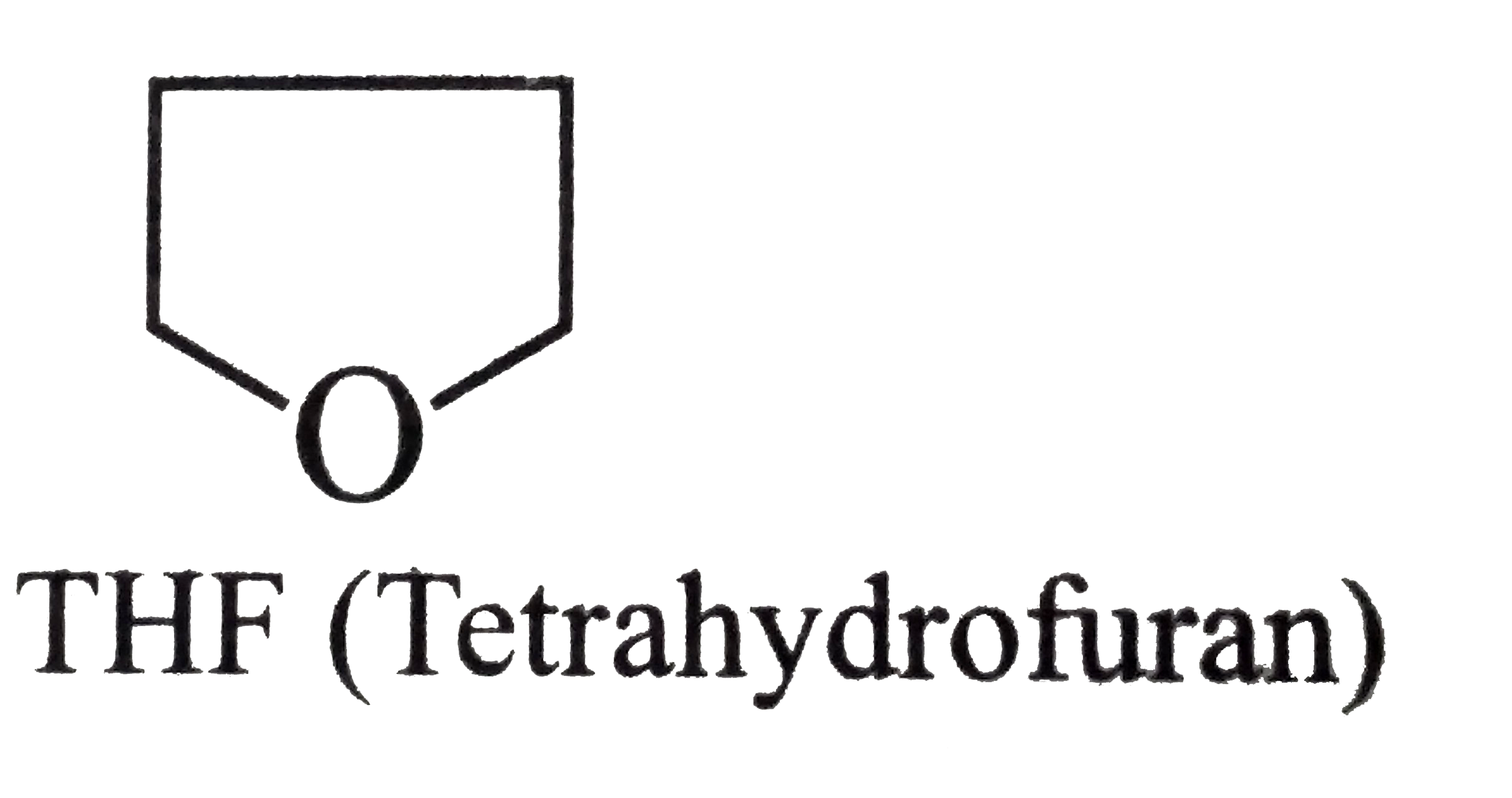 ii.
ii.
iii. 
b. i. 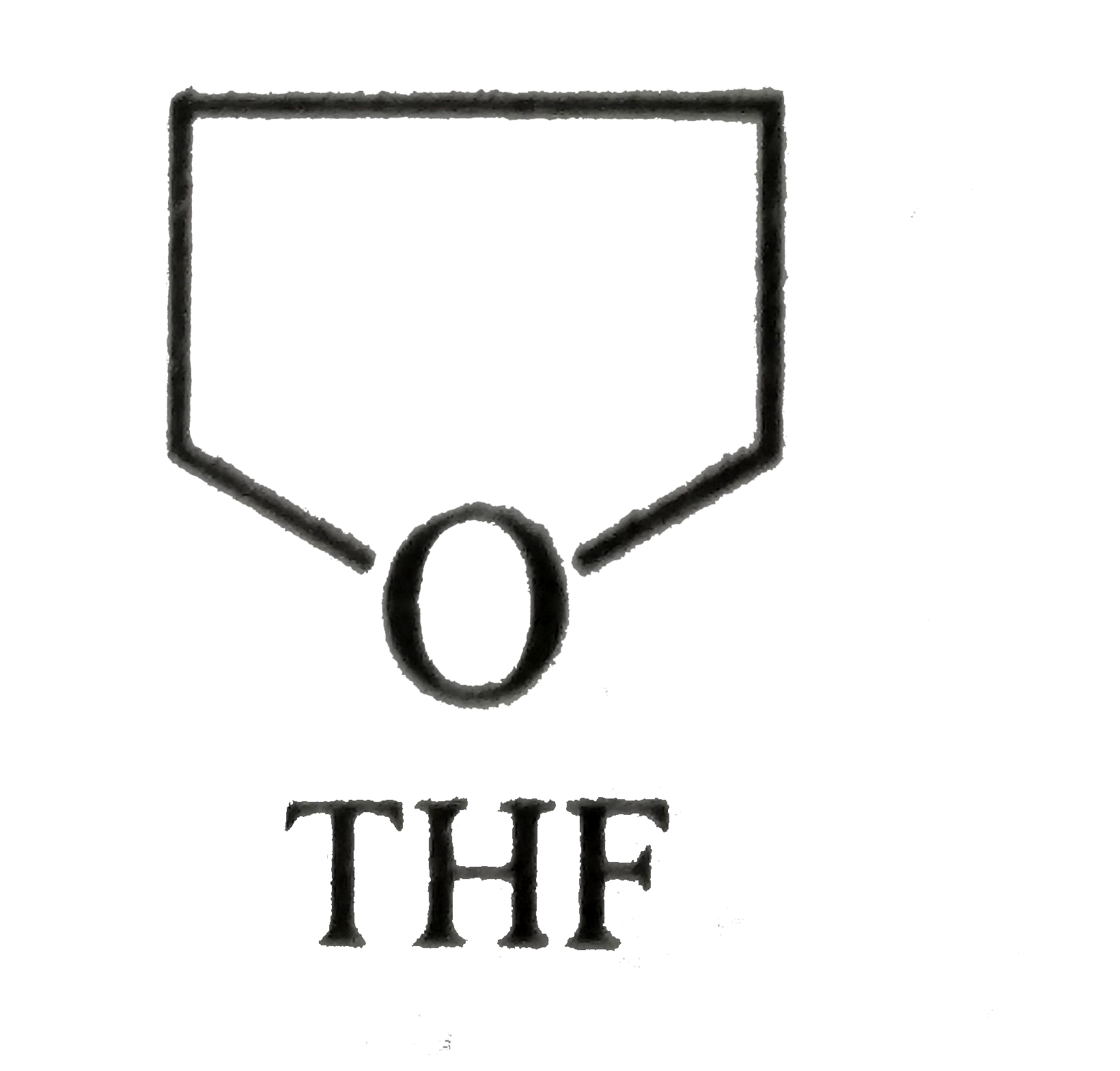 ii.
ii. 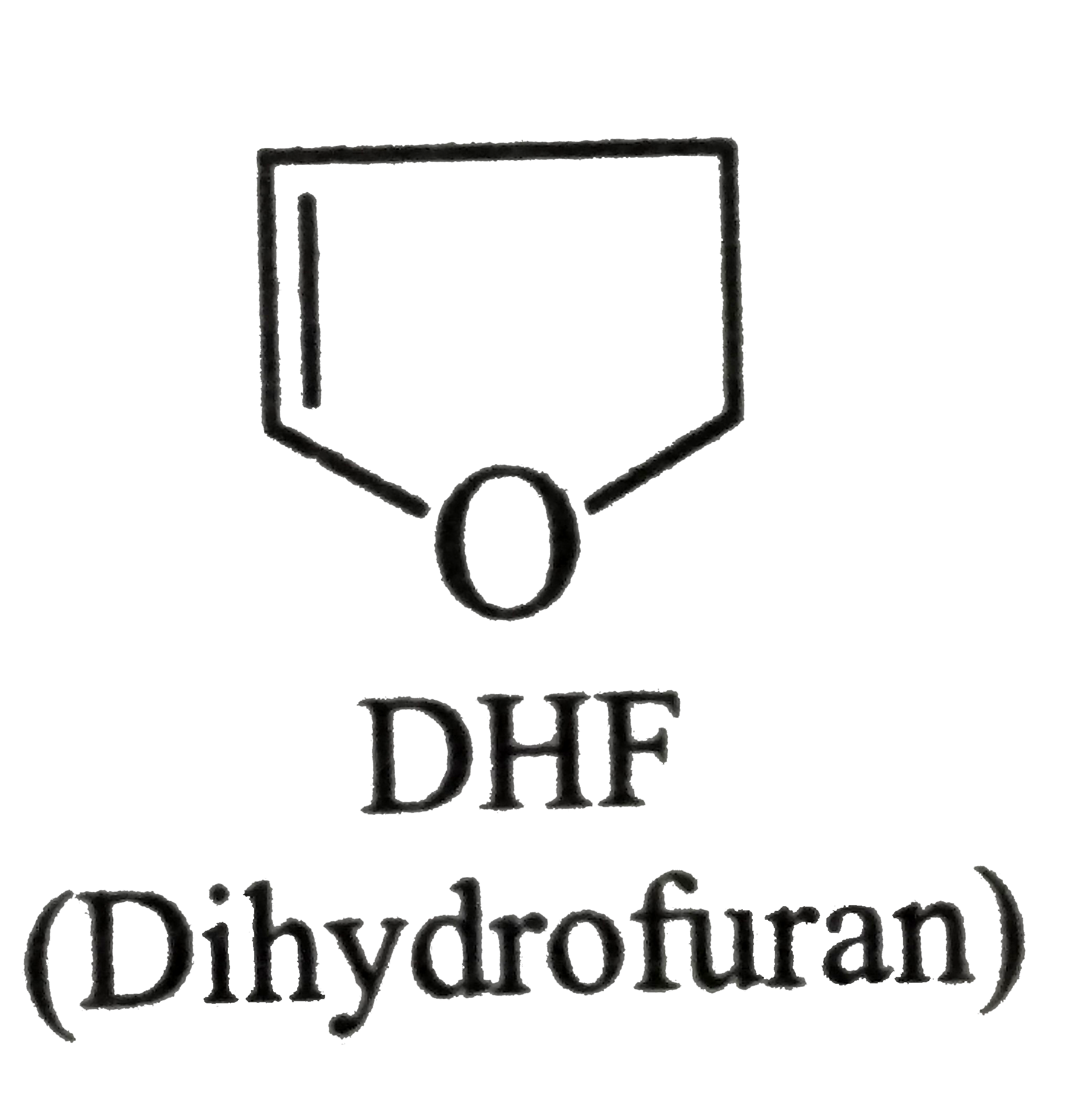 iii.
iii. 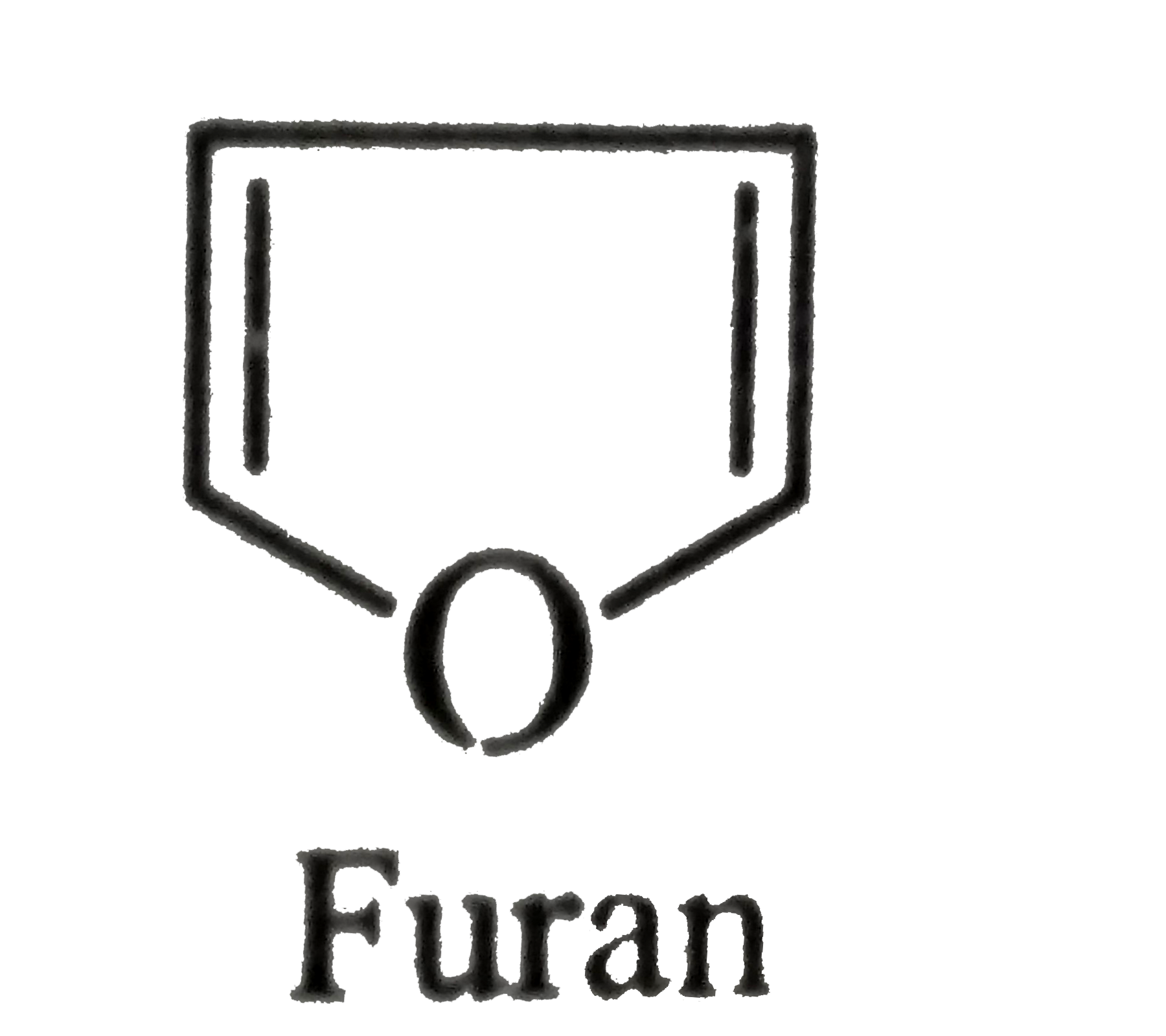
c. Completer the following reaction :
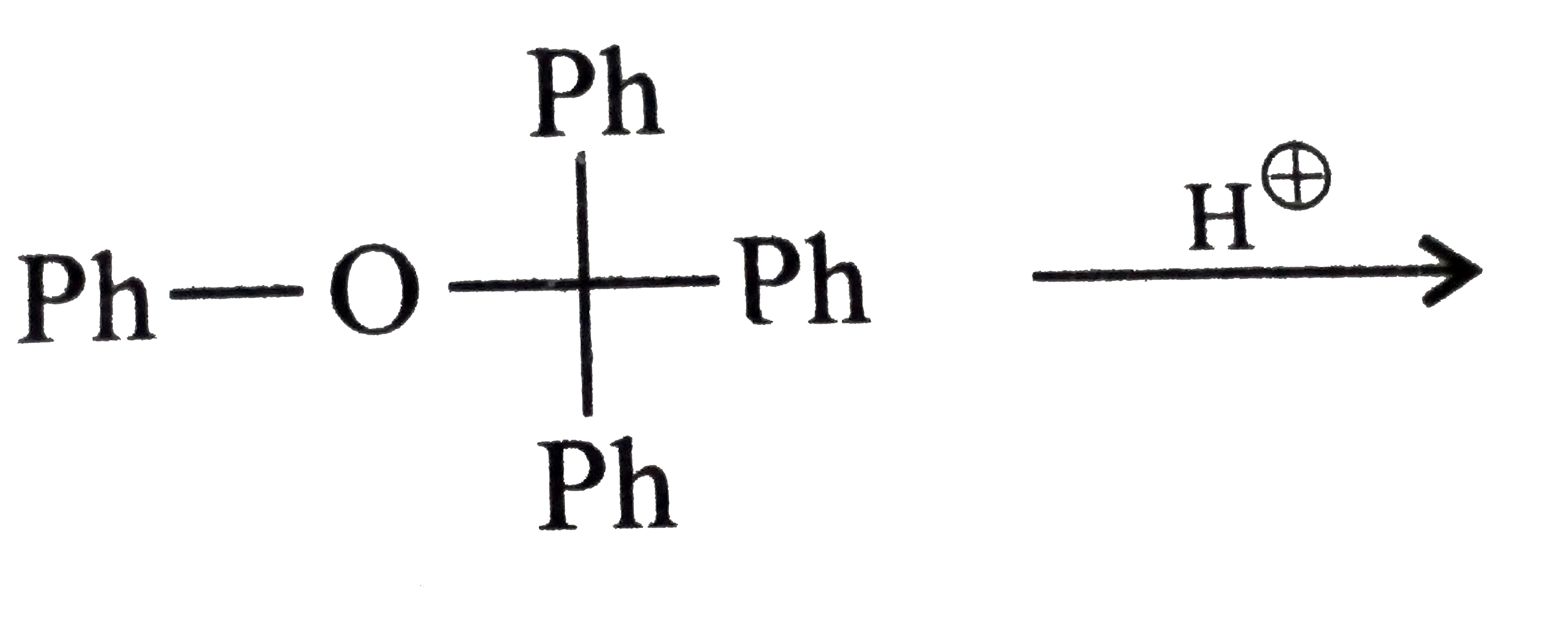
d. (A) 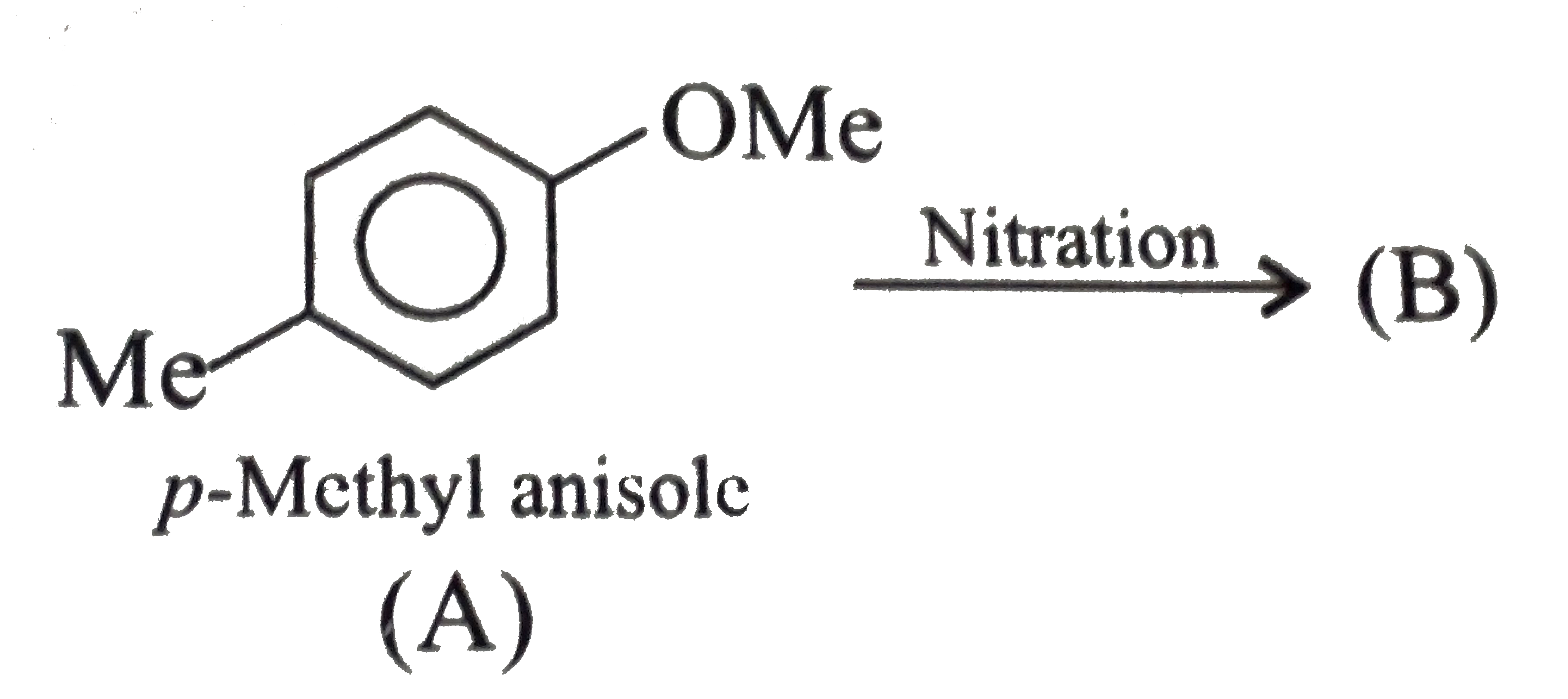 (B)
(B)
e. 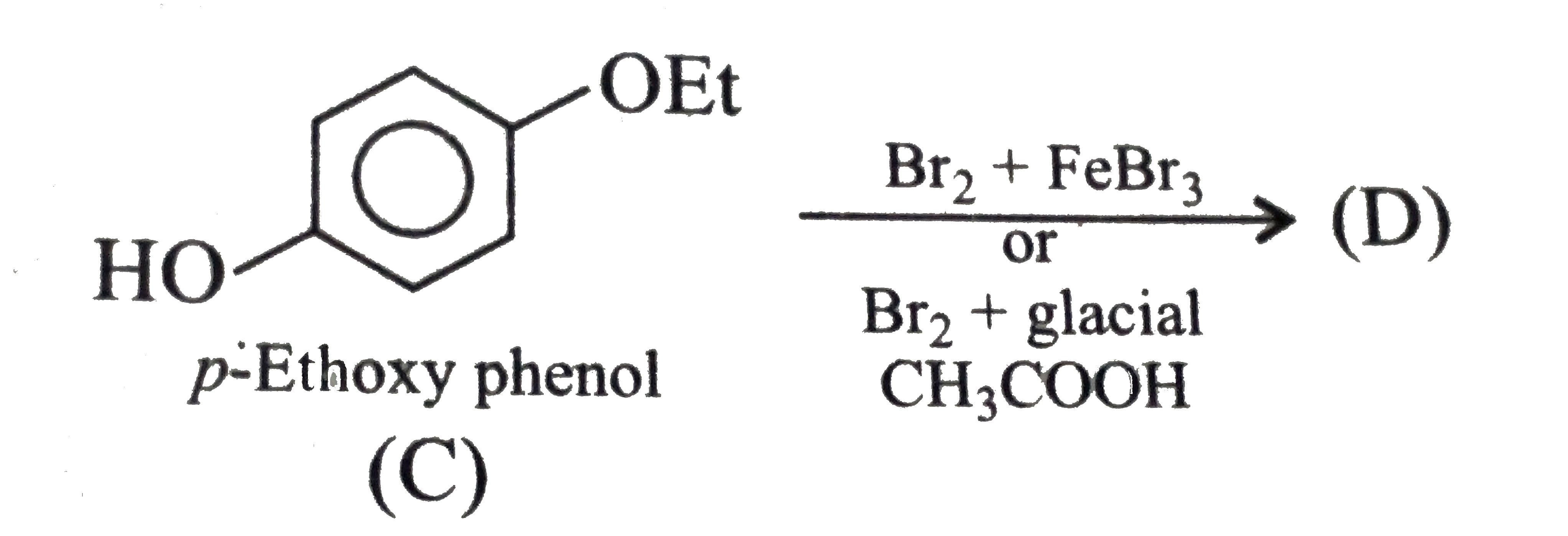
f. How are the ethers distinguished form alcohols ?
Video Solution
Text Solution
Boiling point:
All ethers are nearly of comparable molecular masses. The surface area is more in (a), while (b), (c), and (d) are compact molecules and have less surface area. The more the surface area, the higher is the boiling point. Decreasing boiling point order is: . (Molecular mass of a .)
Solubility :
i. Greater the -density on the O atom, stronger is the H-bond and more soluble is the ether. In (b) and (c), some -density on the O atom is taken away because of the extended -bonding with the double bond.
b. 
c. 
In (b), due to more reasonating structure, there is less density on the O atom than is (c).
ii. The lesser the surface area, i.e., more compact and spherical, the more surface contact is a available for molecule to form H-bond. The decreasing order of solubilities in is : .
|
Topper's Solved these Questions
- ALCOHOL,PHENOL AND ETHERSBOOK - CENGAGE CHEMISTRYCHAPTER - ALCOHOL,PHENOL AND ETHERSEXERCISE - Solved Examples
17 Videos
- ALCOHOL,PHENOL AND ETHERSBOOK - CENGAGE CHEMISTRYCHAPTER - ALCOHOL,PHENOL AND ETHERSEXERCISE - Exercises Subjective
25 Videos
- ALIPHATIC AND AROMATIC ALDEHYDES AND KETONESBOOK - CENGAGE CHEMISTRYCHAPTER - ALIPHATIC AND AROMATIC ALDEHYDES AND KETONESEXERCISE - Archives Subjective
29 Videos
Similar Questions
Knowledge Check
The decreasing basic order of the following is:
i. o−CH3, ii. o−NH2, iii. o−OH, iv. Fo−A(i)>(ii)>(iii)>(iv)B(iv)>(iii)>(ii)>(i)C(ii)>(i)>(iii)>(iv)D(ii)>(i)>(iv)>(iii)The decreasing basic order of the following is:
i. overset(o-)(C)H_(3),ii.Overset(o−)(O)H, iii. CH3COOo−, iv. H2OA(i)>(ii)>(iii)>(iv)B(iv)>(iii)>(ii)>(i)C(iiii)>(i)>(ii)>(iv)D(iii)>(ii)>(iv)>(i)The decreasing nucleophilic oder of the following compounds is:
i. o−CH3, ii. o−NH2, iii. o−OH, iv. Fo−A(i)>(ii)>(iii)>(iv)B(iv)>(iii)>(ii)>(i)C(ii)>(i)>(iii)>(iv)D(ii)>(i)>(iv)>(iii)
Complete the following reaction :
(a)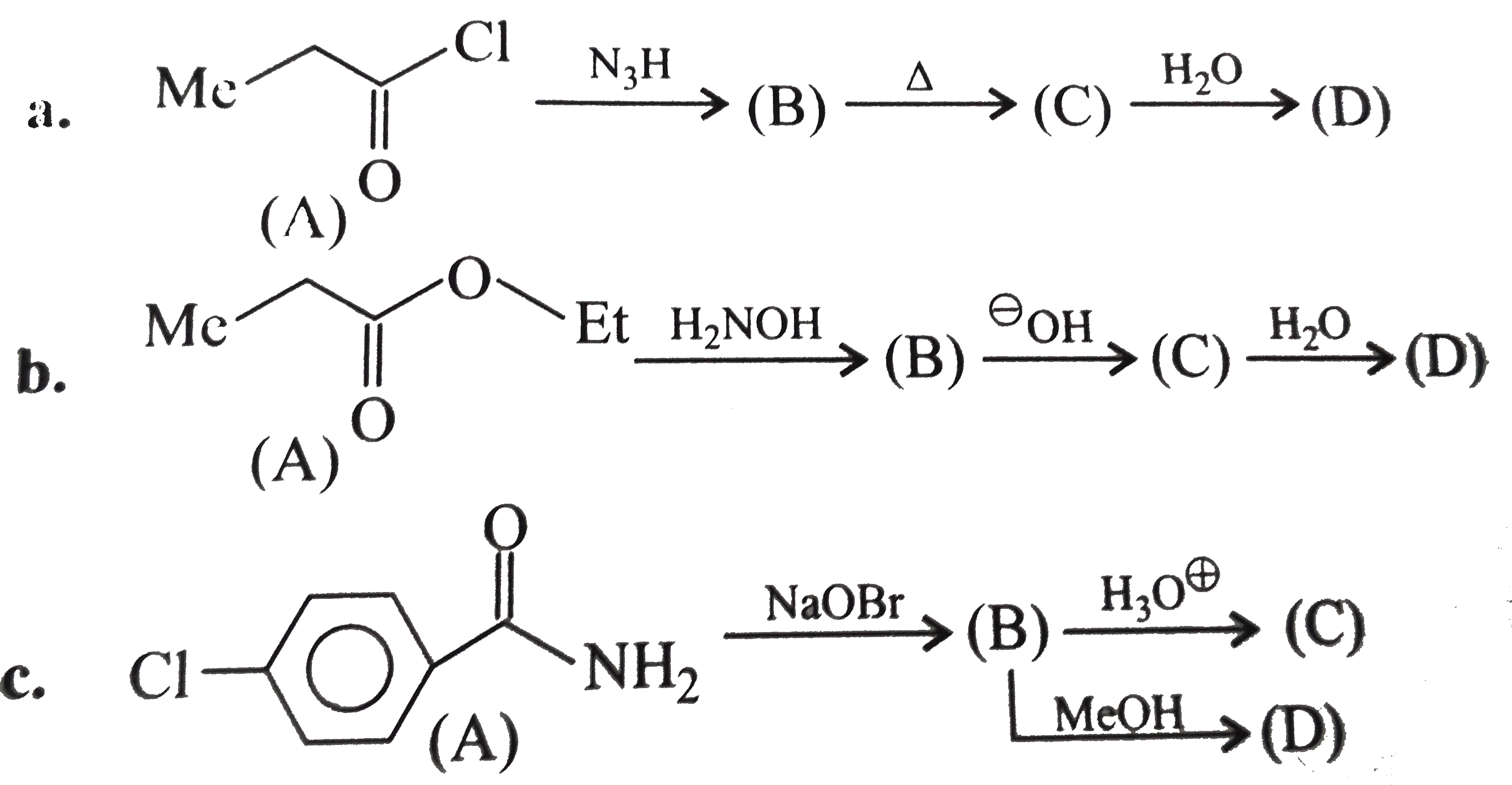
(b)
( c)
(d)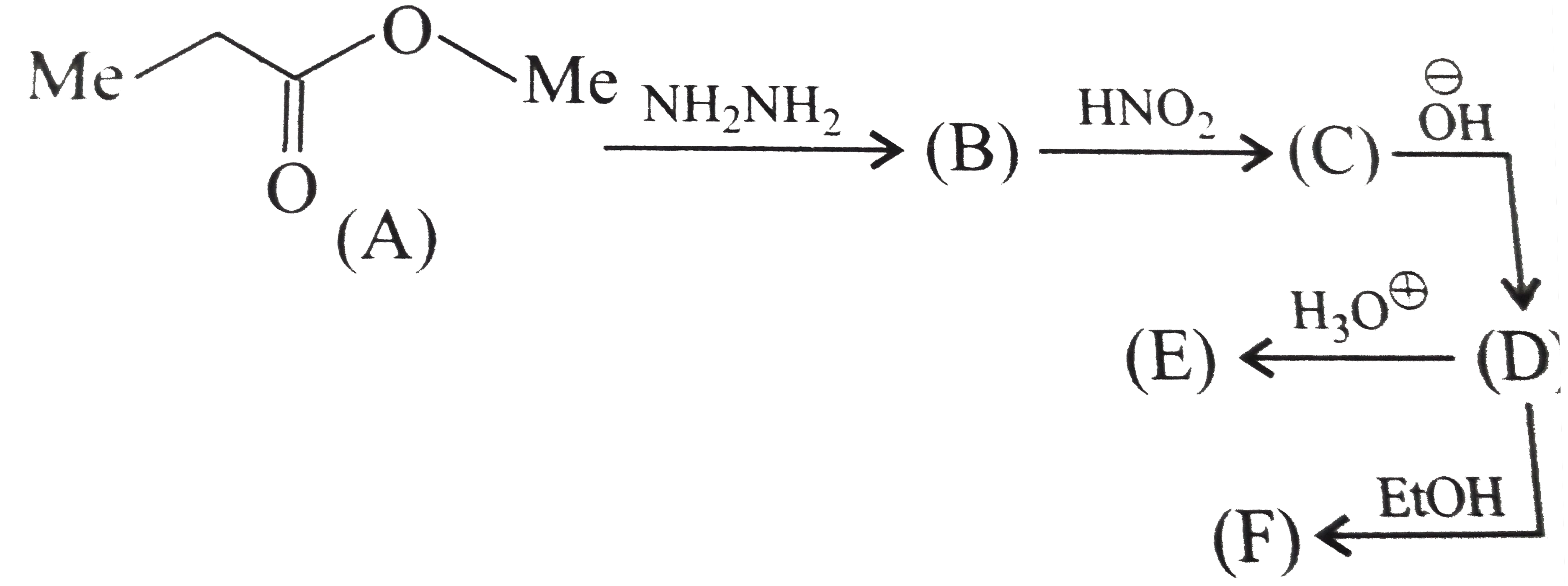
( e)
(f) PhCHON3H/H⊕−−−−−→Δ(B)H3O⊕−−−→(C)+(D)
(g)
View SolutionThe decreaing basic order of the following is:
i. o−CN, ii. o−OH, iii. o−OMe, iv. o−CH3, v. Ho−
View SolutionThe deecreasing leaving group order of the following compounds is:
i. o−CH3, ii. o−NH2, iii. o−OH, iv. Fo−
View SolutionThe decreasing basic order of the following is:
i. PhSOo−3, ii. C2H5SOo−3, iii. C2H5COOo−, iv. o−CN, v. o−OH
View SolutionThe decreasing fugacity order of the following is:
i. o−CN, ii. o−OH, iii. o−OMe, iv. o−CH3, v. Ho−
View Solution


_S01_429_Q01.png)
_S01_429_Q02.png)